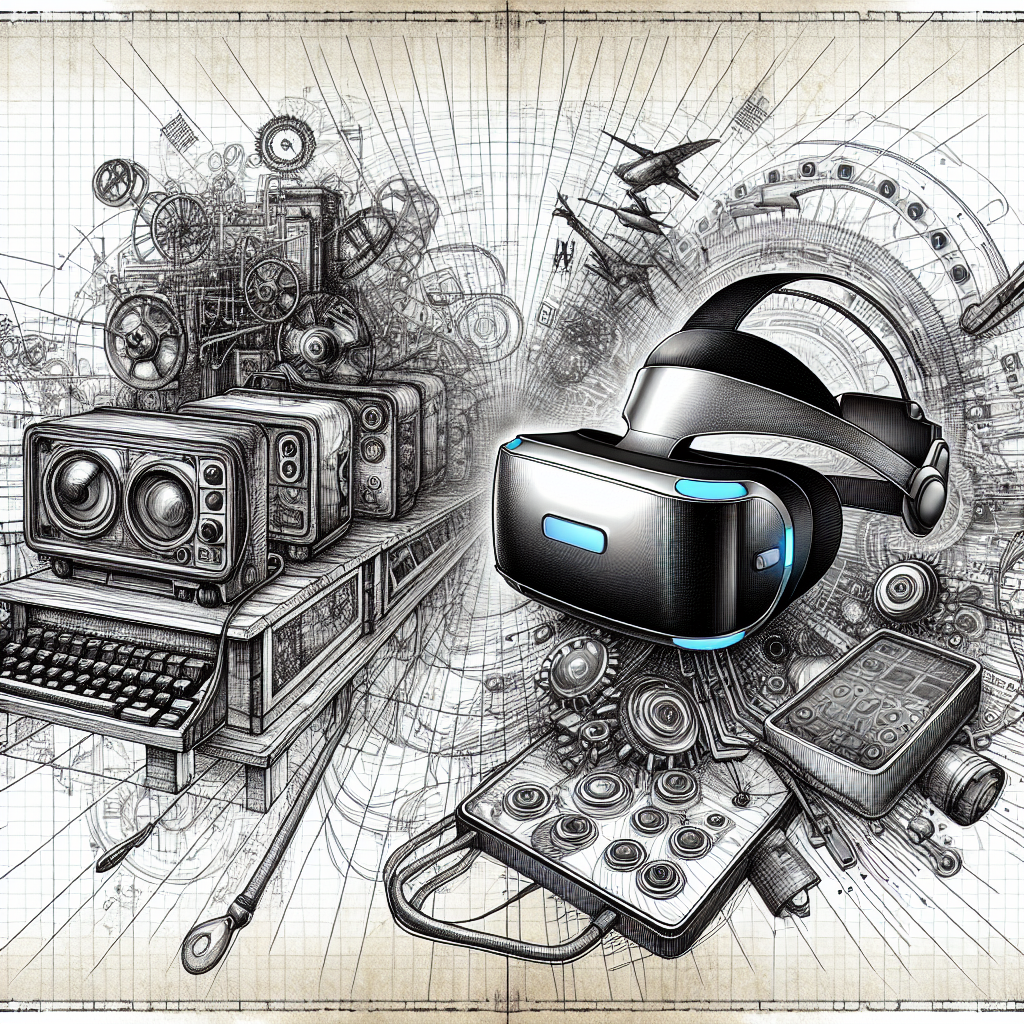Your cart is currently empty!
From Concept to Reality: The Evolution of NVIDIA VR Technology

Virtual reality (VR) technology has come a long way since its inception, and NVIDIA has been at the forefront of its evolution. From concept to reality, NVIDIA has been instrumental in pushing the boundaries of VR technology and making immersive experiences more accessible to consumers.
NVIDIA first entered the VR space in 2013 with the introduction of the GeForce GTX 700 series graphics cards, which were optimized for VR applications. The company quickly recognized the potential of VR technology and began working on developing solutions that would enhance the VR experience for users.
One of the key advancements in NVIDIA’s VR technology is its development of VRWorks, a suite of APIs that are designed to optimize VR performance on NVIDIA GPUs. VRWorks includes features such as Multi-Res Shading, which improves performance by rendering different parts of the screen at varying levels of detail, and Lens-Matched Shading, which reduces rendering workload by taking into account the distortion caused by VR lenses.
NVIDIA has also made significant strides in developing hardware specifically for VR applications. The company’s Pascal architecture, introduced in 2016, was designed with VR in mind and offers significant improvements in performance and efficiency compared to previous generations of GPUs. This has allowed developers to create more immersive VR experiences with higher resolution graphics and smoother frame rates.
In addition to hardware and software advancements, NVIDIA has also been actively involved in promoting VR adoption through partnerships with leading VR headset manufacturers. The company has worked closely with companies like Oculus and HTC to ensure that their headsets are optimized for use with NVIDIA GPUs, resulting in a more seamless and enjoyable VR experience for users.
Looking ahead, NVIDIA continues to innovate in the VR space with the introduction of technologies like Variable Rate Super Sampling (VRSS), which dynamically adjusts the resolution of VR images to maintain optimal performance. The company is also exploring new areas of VR technology, such as ray tracing and artificial intelligence, to further enhance the realism and immersion of VR experiences.
From concept to reality, NVIDIA has been a driving force in the evolution of VR technology. Through its commitment to innovation and collaboration with industry partners, NVIDIA is shaping the future of VR and making immersive experiences more accessible and enjoyable for users around the world.

Leave a Reply